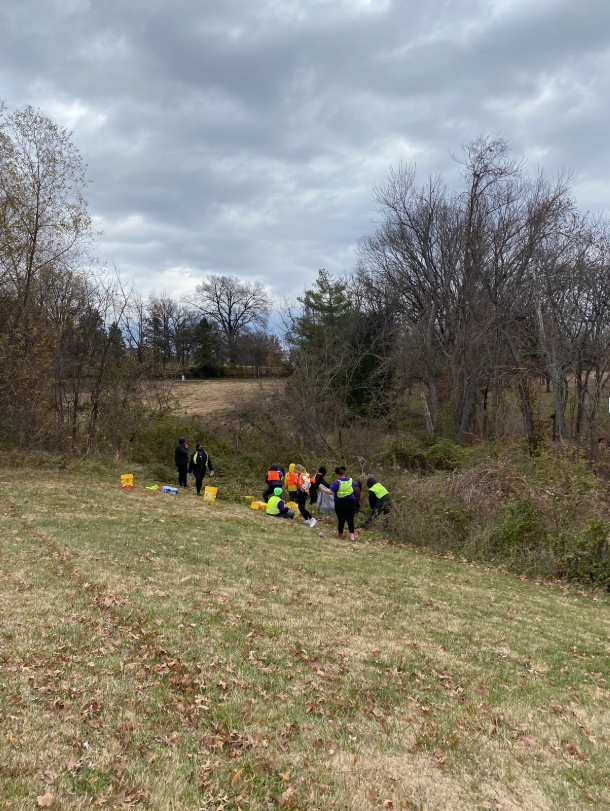
St. Vincent Park
PARK AMBASSADORS: Christine Garhart and Lynn Stephenson
Of the 134 acre park located in North St. Louis County, our CSA program managed 3 of these acres through native landscaping efforts.
-

2 acres of invasive species removed
-

464 square feet of pollinator habitat cultivated and maintained.
A Continual Battle: The Community Stewardship Alliance’s Efforts at St. Vincent Park
Nestled within the 134-acre expanse of St. Vincent Park in North St. Louis County lies a modest, yet impactful, project: three acres painstakingly managed by the Community Stewardship Alliance (CSA). Since 2021, this small but dedicated team, led by the park’s original CSA ambassador, Chris Garhart, has been waging a tireless battle against invasive species while nurturing a vision of vibrant, native woodlands.
"When we first started, the density of bush honeysuckle was overwhelming," recalls Chris. "It felt like the trees were suffocating under a blanket of green. Our goal has always been to create a balanced woodland with a healthy canopy, a diverse understory, and a welcoming shrub border. But clearing the invasive plants is only the first step—it’s a relentless process."
The three-acre area, once dominated by bush and Japanese honeysuckle, is now transforming into a thriving ecosystem. These invasive plants, known for their aggressive growth and ability to crowd out native flora, have been systematically removed. But with every victory comes a new challenge.
"After clearing the honeysuckle, we began uncovering other invaders like winter creeper," Chris explains. "It’s a broadleaf evergreen vine that takes over the ground layer, smothering any chance of native plants taking root. It’s like peeling back the layers of an onion—you clear one threat only to find another waiting underneath."
Despite these setbacks, the team has made remarkable progress. They’ve cultivated and maintained 464 square feet of pollinator habitat, planting native flowers like milkweed, coneflowers, and wild bergamot. These efforts have already attracted butterflies, bees, and other pollinators essential for a thriving ecosystem.
Chris takes a moment to reflect on the broader vision. "We’re not just removing invasives; we’re replacing them with something meaningful. We’re planting canopy trees like oaks and hickories, understory species like dogwoods, and shrubs like elderberry to create a layered, resilient woodland. Even the mowed grass area has a purpose—it provides a buffer and a space for people to enjoy."
But the work is far from over. Invasive species are persistent, often regrowing from roots left in the soil or seeds scattered by wind and wildlife. Each season brings new challenges and more areas to reclaim. "This isn’t a one-time project," Chris says with determination. "It’s a long-term commitment. The land doesn’t heal overnight—it takes years of care and attention. But every tree we plant, every invasive we remove, brings us one step closer to creating a park that’s not just beautiful but ecologically sound."
For the CSA, the three-acre project at St. Vincent Park represents more than a battle against invasive species. It’s a testament to resilience and the power of community-driven stewardship.
"It’s hard work, but it’s worth it," Chris concludes. "We’re not just fighting for these three acres—we’re setting an example of what’s possible when people come together to care for the land. And every pollinator that visits, every bird that nests in one of our trees, reminds us that this effort matters."
As the Community Stewardship Alliance continues its work, St. Vincent Park is slowly but surely transforming into a haven for native plants, wildlife, and the community—a shining example of what can be achieved through persistence and passion.
